Stamps that have major, consistent, and unintentional deviation from the normal stamps are considered errors. Postage stamp errors are sometimes caused during stamp printing process. Error stamps do not show the intended appearance of the desired stamp design.
There are factors that cause postage stamp errors like wrong denominations, wrong or missing colors, misplaced or an inverted design element, missing parts of the stamp design, wrong stamp paper, wrong watermark, double impressions, and others.
Error stamps are those that failed to replicate over any other stamps. There are unique error stamps or poor quality stamps that are known as freaks and oddities.
Postage stamp errors, freaks, and oddities
Stamp errors, freaks, and oddities or EFO is a term referring to all kinds of things that go wrong when producing postage stamps. It encompasses the whole major designs of error stamps and to stamps that are poorly printed.
An error stamp is a mistake during the production process. They are replicated together with other stamps accidentally. The most famous error stamp is the Inverted Jenny stamp. The inverted Jenny stamp resulted from a sheet of partial prints accidentally re-inserted into the printing press upside down for the second color.
Freak includes paper folds, resulting in half-printed half-blank stamps, perfs running diagonally across stamps, and insects embedded in stamps underneath the ink. The following are the factors that cause freak stamps:
• albino – complete absence of one or more colors
• color shifts – stamp sheets are misaligned within the color application
• under inked or over inked – too little or too much ink printed on the stamp
• offsets – the ink intended to one stamp sheet is deposited to another sheet of stamp
• fold overs – corners of a sheet is folded over or under
• unprinted areas – this is caused by foreign material embedded on sheet to be printed
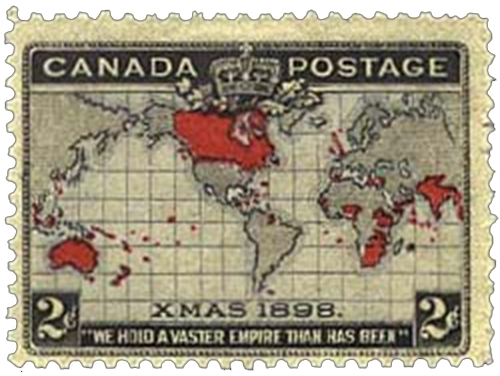
An oddity stamp encompasses within the bounds of usability of stamp, but it still has a distinctive appearance. Stamps oddities are misregistration on a multi-colored stamp. The most famous Canadian odd stamp is the Christmas stamp produced in 1898.
The Canadian Christmas stamp depicts a map of the world with British possessions in red. It becomes famous for its unusual color oddities that appear to claim all Europe, United States, or central Asia for Britain.
Postal authorities make sure that these EFO stamps are not released from the printing plant, but some unscrupulous employees smuggled these error stamps. One of United States error stamp is Nixon invert stamp. It is an example of an apparent new error stamp that is stolen by some insiders.
Error stamps inspection & quality control
Postage stamp errors are uncommon or even rare. There are several layers of quality control and inspection done by postal administrations. The printing problems are addressed to the employees before the stamps reach the public.
An error stamp only exist a few dozen of copies. One example is the most expensive Swedish Treskilling Yellow stamp. These stamps are sought after by most stamp collectors. Treskilling Yellow stamp was sold by David Feldman for 977, 500 Swiss francs. In 1990, the Treskilling Yellow error stamp was sold again for 2,500,000 Swiss franc or $2,060,000.
Stamp gumming errors
Sometimes, there are stamps that result to an unintentional mistake during the last phase of production, but there are times that stamp gumming comes before printing. These stamp gumming errors are due to some factors such as:
• imperforation- stamps should be separated but they weren’t
• gutter – lack of separation of press stamp sheets from panes
• perforations other than normal gauge – -too big or too small perfs
• gum error – the stamp is gummed on the wrong side
• gummed on both sides
Major types of error stamps
The following is a list of major types of error stamps:
Postage stamp design error
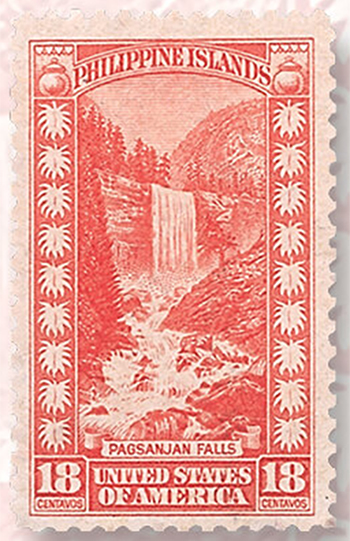
Postage stamp design error are those stamps that have wrong subject, maps showing wrong border, stamp inscription is factually wrong, stamp texts are misspelled, etc.
Postal stamp design error is a mistake made during the design phase of postage stamp production process. Some stamp design error commonly occurs with minor mistakes like missing letter in the binomial name of the subject depicted.
There are also designs on error stamps that have been a major error such as a map appearing to lay claim to another country’s territory, or the depiction of a wrong person on the stamp.
The following are examples of postage stamp design errors:
• Legends of the West, US 1993
• All China is Red, PRC 1968
• Pagsanjan Falls stamp, Philippines 1932
• Gronchi Rosa, Italy 1961
• Schubert/Schumann error, German Democratic Republic 1956
Value error stamps or substituted subject
A postage stamp value error is when the value of the stamp is interchanged. For instance, a low-value denomination is being used on a design intended for high values.
Omission error stamps
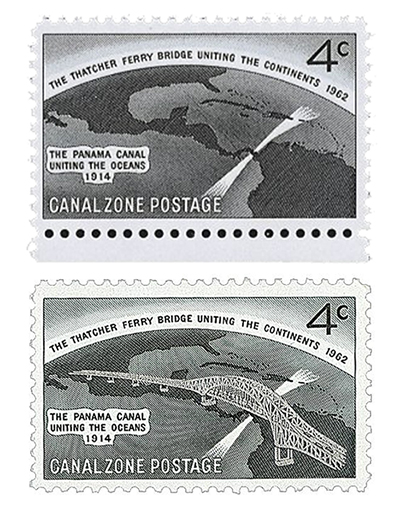
Omission error stamp is one of the major types of error stamps. Omission error occurs when part of stamp design is missing.
The Thatcher Ferry bridge commemorative stamp is one of these omission error stamps. It was known to be the most famous Canal Zone stamp. The stamp design was to commemorate the Thatcher Ferry Bridge, but an error has been made. The bridge itself was omitted. One pane of fifty stamps was released without the silver ink used to depict the bridge.
When Canal Zone postal authorities knew about the omitted design, they planned to print millions of stamps bearing the same error design to destroy the value of these error stamps.
Invert error stamps
In philately, an invert error postage stamp occurs when part of a stamp is printed upside-down. Invert error stamps are the most spectacular postage stamp, not only because of their salient visual appearance, but because they are rare. Philatelists highly valued these invert error stamps.
Invert error stamps or inverts, arise when producing multi-colored stamps via multiple passes through the printing press. An inverted error stamp may be characterized as an inverted center or inverted frame when the underlying paper is watermarked.
It is possible for a single-color stamp to be inverted relative to watermark, but this is called inverted watermark rather than inverted stamp. The position of the stamps within the sheet depends either the stamp sheet is perfectly centered of offset.
Inverted Swan error stamp
One of the most famous invert error stamps is the Inverted swan of Western Australia Inverted Swan is a four-pence postage stamp issued in 1855 in Western Australia. It was one of the world’s first invert stamps. Technically, it is a frame invert.
In January 1855, an immediate printout of 4d stamp was needed. Alfred Hillman found out that the two impressions were damaged. After redoing them, the frames were accidentally placed upside-down. There were 388 error stamps printed.
However, the errors were unrecognized for several years. There were 15 used copies known to exist. One example was discovered in Ireland in 1860’s and displayed it at a museum in Dublin. Other examples of Inverted Swan stamp were found in the Royal Collection at the British Museum, Sydney museums, and Perth museums.
Dag Hammarskjöld invert error stamp
Not all invert error stamps are spectacular. One of the rare postage stamps, Dag Hammarskjöld invert error stamp, consists of a misprinted yellow layer. The stamp shows a yellow background inverted relative to the image and text.
Dag Hammarskjöld error stamp might first appear as color error, but they are actually invert errors due to type of printing mistake that caused them.
There were 400 Dag Hammarskjöld invert error stamps printed, but postal authorities did not wish to produce error rarities, they immediately printed 40, 270,000 copies of Dag Hammarskjöld invert error stamp.
The newly produced stamps are identical to the invert errors. As a result, the invert Dag Hammarskjöld error stamp which first had a potential collective value of hundreds of thousands is now worth 50c each.
Inverted Jenny stamp
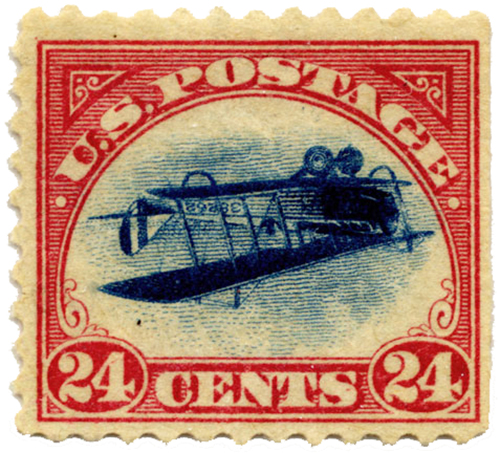
The inverted Jenny is an American postage stamp. It was first issued on May 10, 1918 in which the image of the Curtiss JN-4 airplane was depicted. Accidentally, it was printed upside-down. Only one pane of 100 invert Jenny stamps were found.
Inverted Jenny Rare stamp swapping
In October 2005, the block of 4 inverted Jenny stamps was purchased by an anonymous buyer for $2,970,000. The purchaser was revealed to be the United States financier Bill Gross.
After purchasing the Inverted Jennys he proceeded to trade them with Donald Sundman for the two known examples of USA 1c Z Grill stamp. This stamp swapping made Gross the owner of the only complete collection of American 19th century stamps.
Color error stamp
Color error postal stamp occurs when stamp is printed with wrong color(s) or one or more color is missing. These color error postal stamps usually occur when one stage of a multi-run printing process is skipped. One example is the 3d International Botanical congress stamp. The blue color on the flower is missing.
Paper error postage stamps
Paper error stamps occur when stamp is printed with a wrong type of paper. Sometimes, there are undesirable papers being used in printing stamps. These cheap papers easily get torn even if it is cut with scissors.
Imperforate error stamps
Imperforate error stamps are stamps whose perforations are missing on one or several sides. Perforation refers to the puncturing of a material with a harder object to create a hole or aperture on the stamp.
The standard for describing perforation is the number of holes or teeth in a 2-centimeter span. The finest perforation gauze that was ever used is 18 in Malay States in 1950’s while the coarsest is gauge 2 in Bhopal in 1891. Modern stamp perforations range from perf 11 to 13.
Stamps that are perforated on one pair of opposite sides and imperforated on the other are produced from coils instead of sheets, but they sometimes come from booklet panes. Imperforate error stamp include syncopated perforations which are uneven, either skipping a hole or by making some holes larger.
Stamp collectors use the perforation of a stamp as a way to distinguish different postal stamps. Stamps with teeth or perfs 10 are rarer and more valuable than perf 11 even if they have the same stamp design. Short or nibbed perfs are undesirable and reduces the value of postage stamps.
Blind perfs occur when a hole is not completely punched out. Sometimes, pairs or larger group of stamps are imperforated between each stamp. This means that they are not separated on all sides.
It is common to have different gauges of perforation horizontally or vertically, but in rare circumstances a stamp may have different perforations on opposite sides. The various types of perforation error stamps are collectively known as misperfs.
Stamps made in 1840’s and 1850’s were imperforated. Aside from being one of the rare British stamps, Penny Blacks are sought-after because of its imperforated sides.
Value of error stamps
Error stamps cost thousand times higher than ordinary stamps. The value of stamp errors is speculative. The condition of error stamps affects the stamp value. Error stamps that have clear designs, rich colors, subject is at center, and neat perforations are more worthy than poor error stamps with obscure design, off-center images, etc.
Rare error stamps often have significant monetary value. The more obvious the error, the more stamp collectors are willing to pay.
The price of Inverted Swan stamp has been variable. One copy was sold for US$80,000 in 1980 auction while another inverted Swan stamp was sold for $37,500 in 1983.
Moreover, Inverted Jenny stamp was sold on an auction in November 2007 for US $ 977,500. A month later, a mint of Jenny Invert error stamp was sold for $825,000. A block of four inverted Jennys was at a Reigel A. Siegel auction in October 2005 sold for US $2.97 million.
The tete-beche stamp is a joined pair of stamp in which one is upside-down. It is still a mystery either tete-beche stamps are printed upside-down intentionally or accidentally. Some people say they were produced for the purpose of collecting.
A pair of 1849 Bavarian kreuzer tete-beche stamp worth $125,000 while a pair of 1849 French tete-beche 1 franc Vernelle stamp worth $500,000.
Identifying counterfeit error stamps
Fake stamps are defined as a genuine stamp that has been modified in some way to change its appearance. The techniques used to fake stamps include re-gumming, repairing damage, re-perforation, and false cancels and overprints.
First thing to do is to inspect the gum on the back of the stamp. Forgers re-gum a stamp to repair damage to the original gum in order to increase the value of a stamp. Compare a stamp with an original gum to the suspected counterfeit error stamp. Pay attention to the color of the gum. If is not possible, look for several important details like excess gum texture, overt watermark visibility, stamp curling, and sharp perforation tips.
Second is look closely for repair of stamps. Common stamp repairs include cleaning stains, replacing torn pieces, sealing holes and tears, smoothing creases and repairing thins. Note that stamp repairs are often hidden by applying a false cancel mark over the repaired area. A professional scanning machine can quickly reveal damaged areas that are not visible to naked eye.
One example of a counterfeit error stamp is the inverted Jenny error stamp. It was found in 2006 as one of an error stamp counterfeit.
The American Philatelic Society found out that the perforations on top and bottom do not match the reference copies of the original invert Jenny stamps. The color of the plane in counterfeit inverted Jenny stamp is hazy compared to the original inverted Jenny stamp.

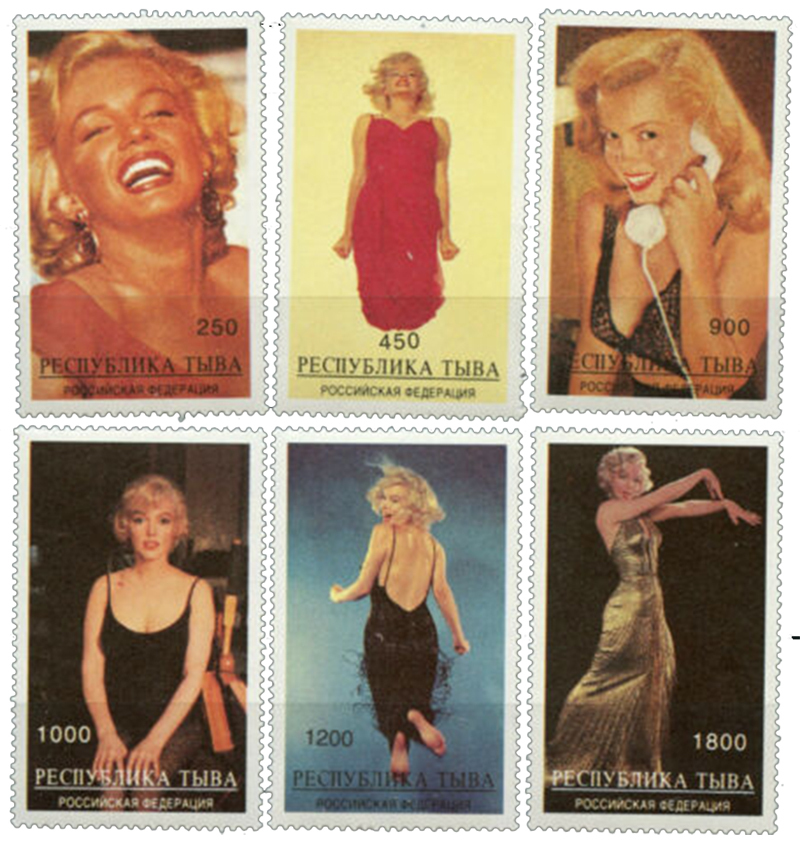
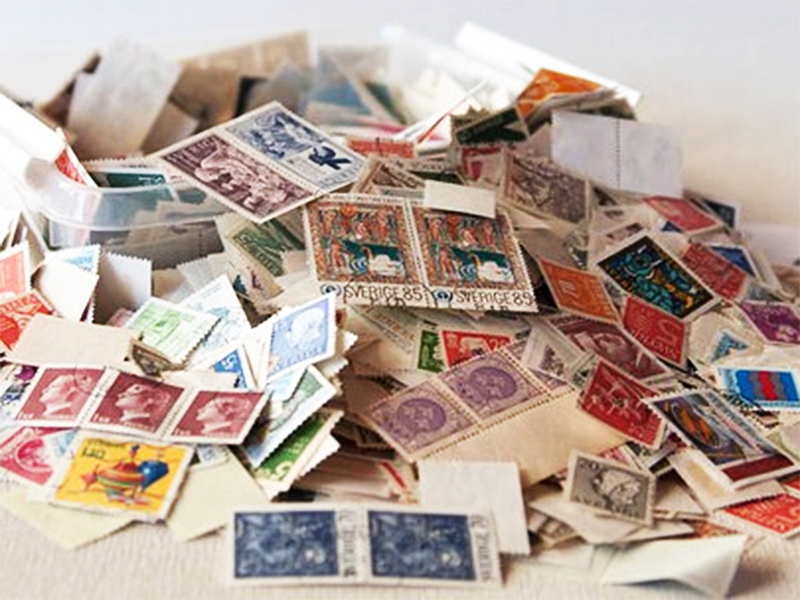
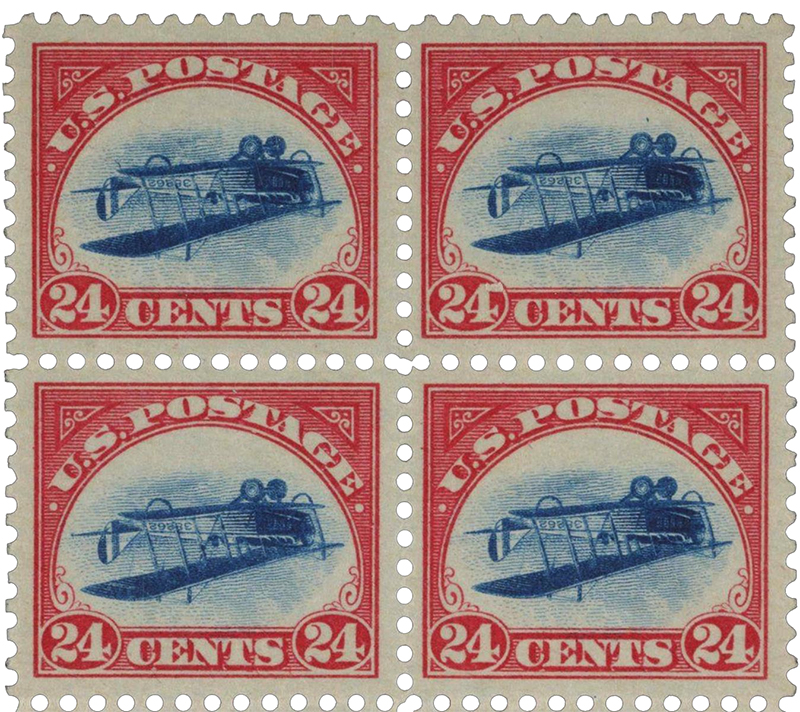
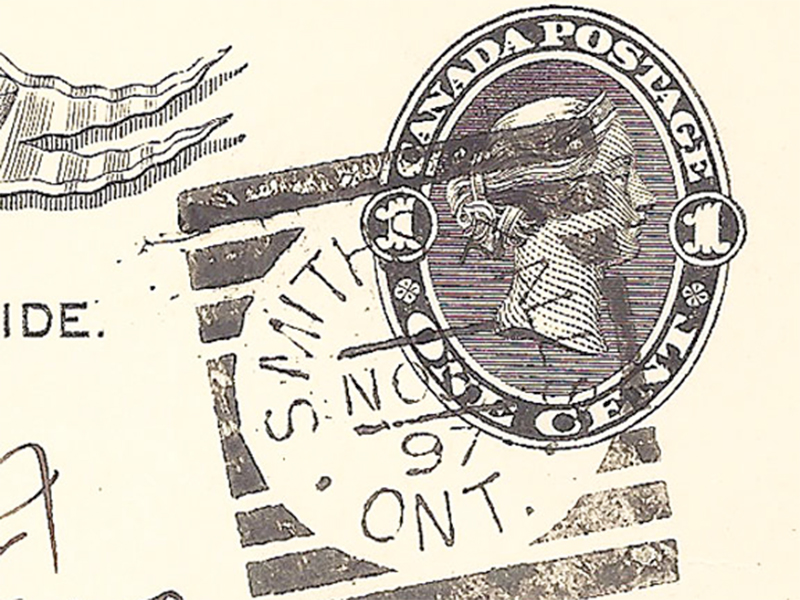
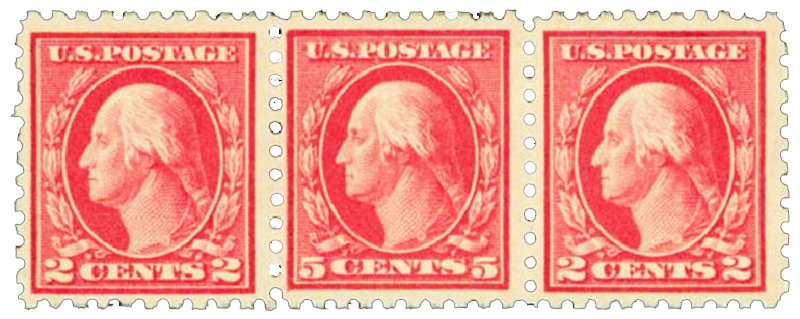
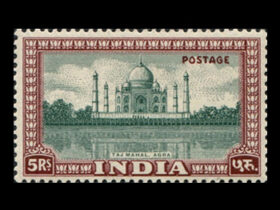



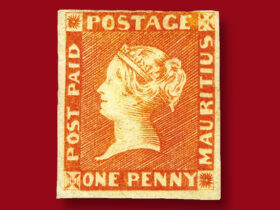
Leave a Reply